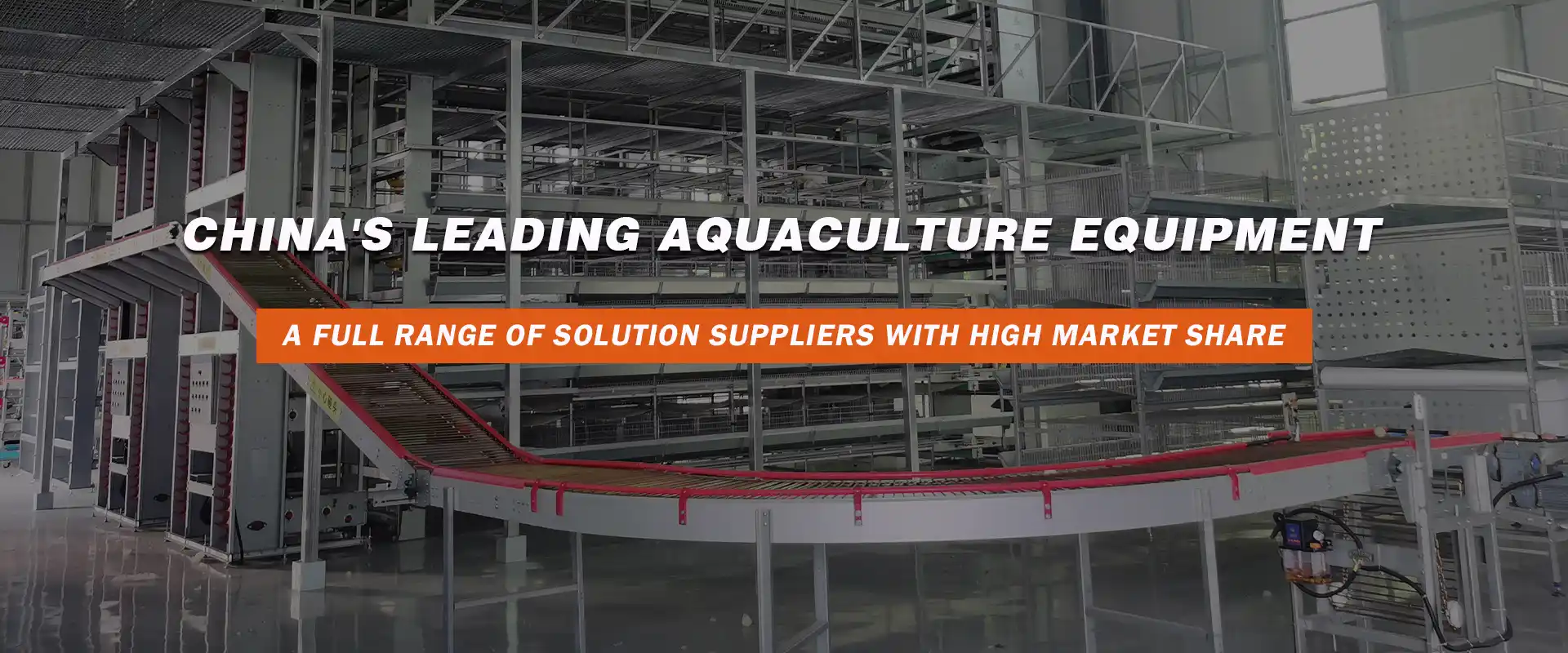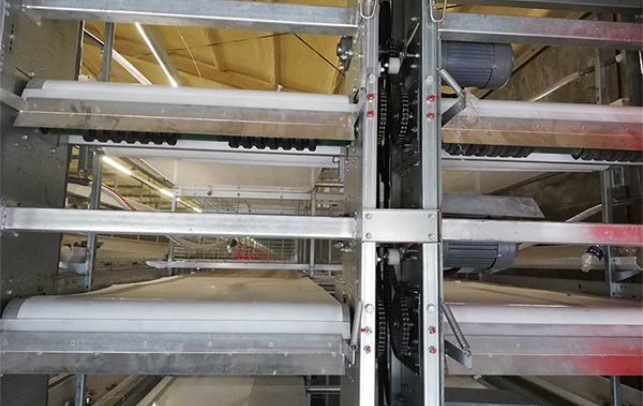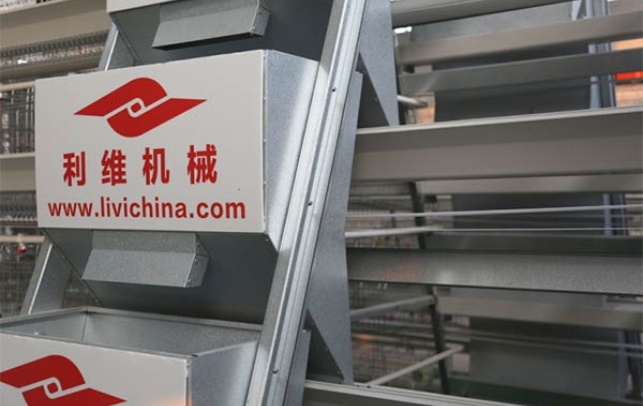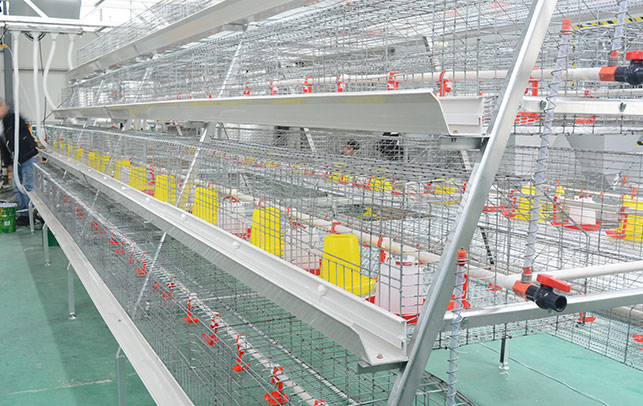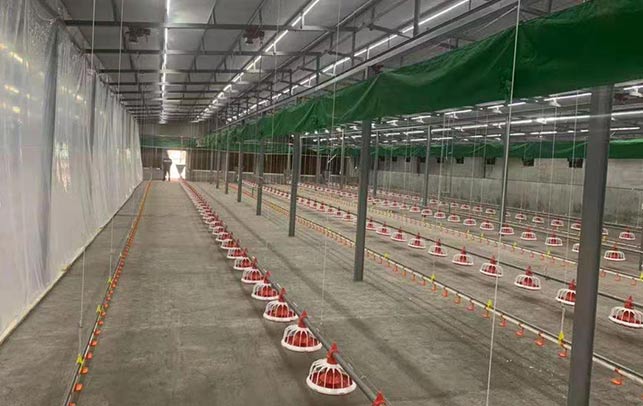Layer Cage Systems for High Production: The Ultimate Guide
Time : 2025-03-31
Are you looking to maximize your poultry farm’s production? Then you’ve got to check out layer cage systems! These systems are a game-changer for high-producing farms. In this article, we’ll dive into everything you need to know about layer cage systems for high production. Get ready to boost your farm’s efficiency and profits!
Understanding Layer Cage Systems
First things first, let’s talk about what layer cage systems are. These systems are designed specifically for laying hens and are used to maximize space and increase production. The hens are kept in individual cages, which not only keeps them comfortable but also makes it easier for farmers to manage them.
Key Components of a Layer Cage System
– Cages: These are the primary housing units for the hens. They are usually made of metal and are equipped with a feeding and watering system.
– Ventilation: Proper ventilation is crucial to keep the hens cool and comfortable, especially during hot weather.
– Manure Management: Efficient manure management is essential for the health of the hens and the overall cleanliness of the farm.
– Lighting: Artificial lighting can be adjusted to mimic natural daylight, which encourages hens to lay more eggs.
The Benefits of Layer Cage Systems for High Production
1. Enhanced Egg Production
One of the main reasons farmers opt for layer cage systems is the increase in egg production. By providing hens with a comfortable environment and the right conditions, they can produce up to 300 eggs per year, compared to around 200-250 eggs in traditional housing systems.
2. Improved Hygiene
Layer cage systems are designed to be easy to clean and maintain, reducing the risk of diseases that can spread quickly among hens. This not only ensures the health of your flock but also prevents financial losses due to sick hens.
3. Space Efficiency
Layer cage systems make efficient use of space. You can house a large number of hens in a smaller area, which is especially beneficial for small-scale farmers with limited space.
4. Cost-Effective
Although the initial investment for a layer cage system might be higher than traditional housing, the long-term benefits, such as increased egg production and reduced costs due to improved health and hygiene, can make it a cost-effective choice.
Choosing the Right Layer Cage System
Not all layer cage systems are created equal. When selecting a system for your farm, consider the following factors:
– Capacity: Choose a system that can accommodate the number of hens you plan to house.
– Quality: Invest in high-quality materials to ensure the longevity of your system.
– Ease of Maintenance: Opt for a system that is easy to clean and maintain.
– Customization: Some systems can be customized to fit your specific needs and preferences.
Implementing a Layer Cage System
Once you’ve selected the right system, it’s time to implement it. Here are some tips to get you started:
– Plan Your Layout: Ensure you have a clear layout for the cage system, including the placement of feeding, watering, and lighting systems.
– Train Your Workers: Make sure your workers are trained to handle the hens and maintain the system properly.
– Monitor and Adjust: Regularly monitor the hens’ health and the system’s performance, and make adjustments as needed.
Conclusion
Layer cage systems are an excellent choice for farmers looking to increase production and efficiency. By investing in a high-quality system, you can enjoy the benefits of improved egg production, enhanced hygiene, and cost savings. Remember to choose the right system for your farm’s needs and implement it properly for the best results.




